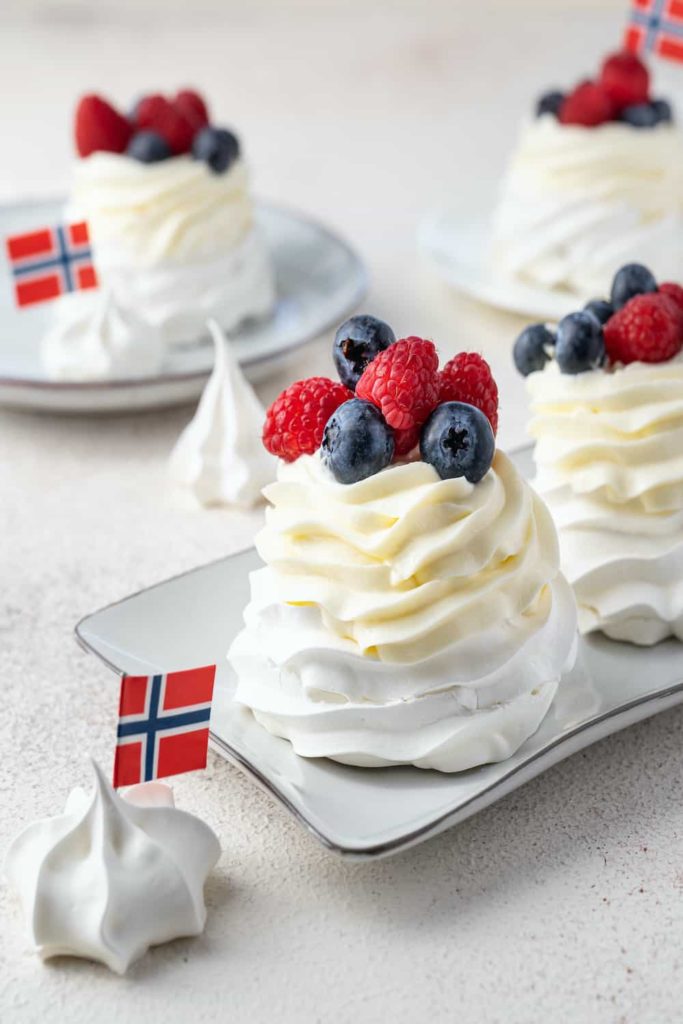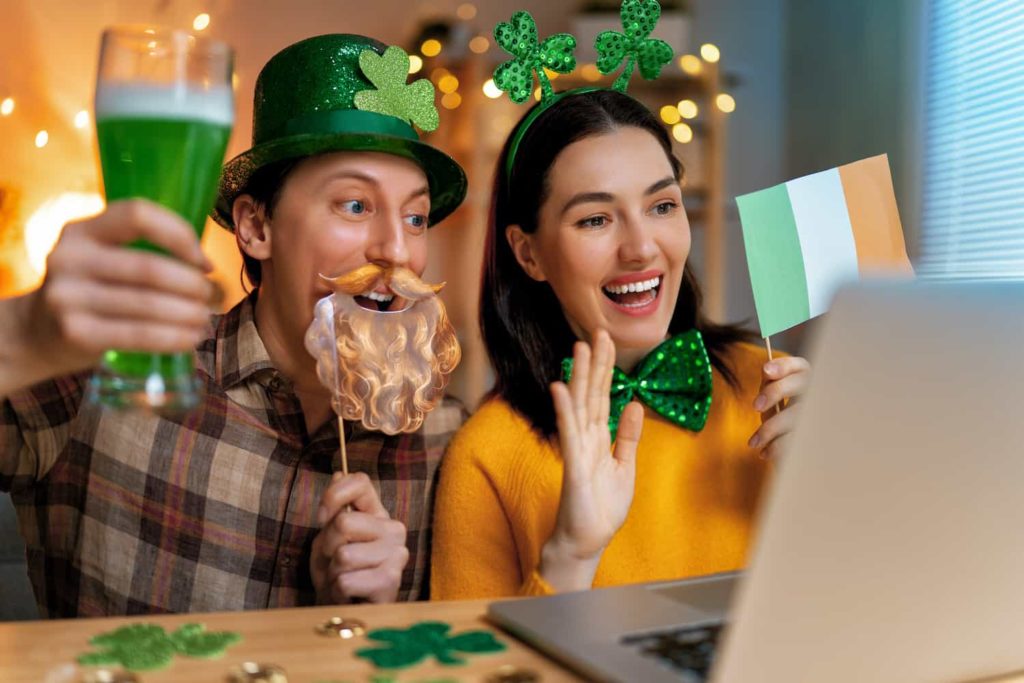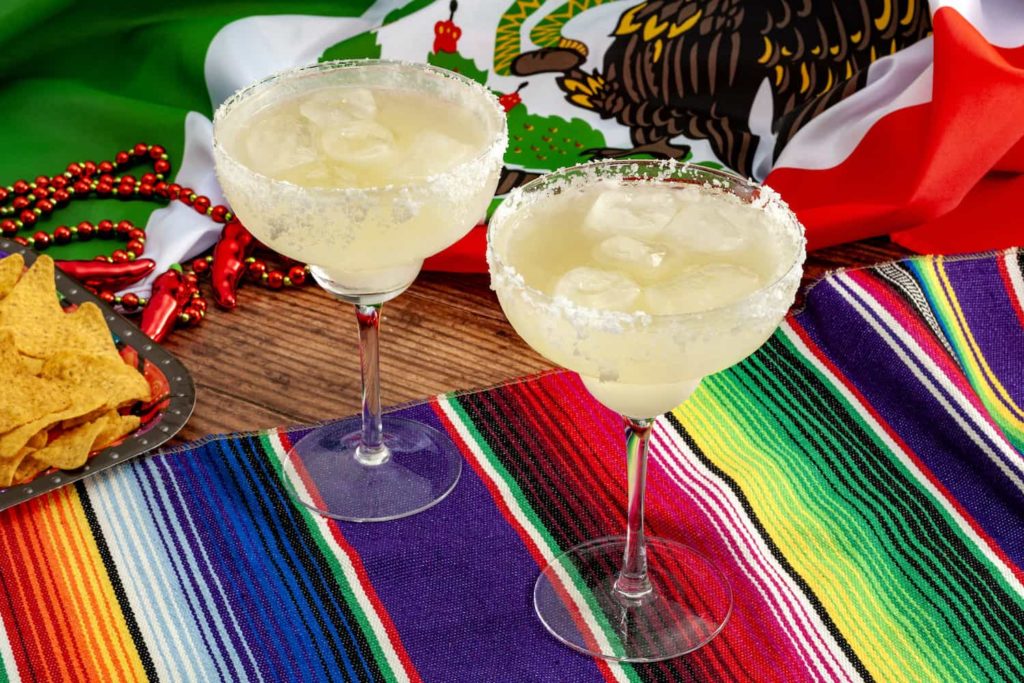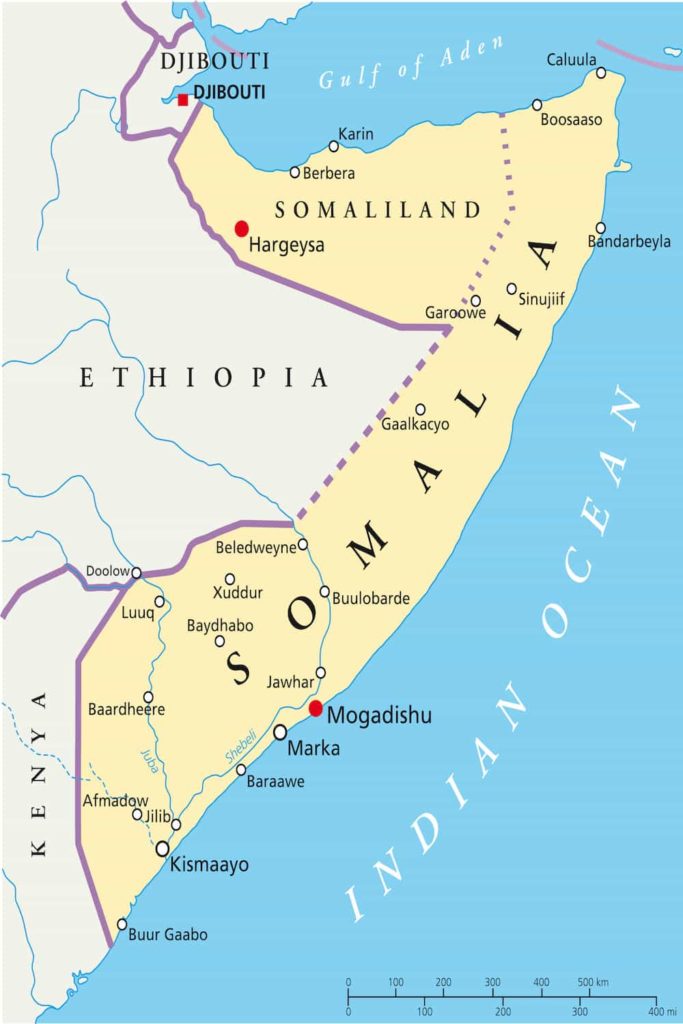
Heritage, Diversity, and Creativity
Both sides of my mother’s family immigrated from Norway at the end of the nineteenth and beginning of the twentieth centuries. My grandparents spoke Norwegian to each other at home and wrote letters in Norwegian to their families back in their former homeland. Many of our current family customs are traditional Scandinavian ones, and we celebrate a special Norwegian holiday each year. Syttende Mai (the Seventeenth of May) is Norwegian Constitution Day and is celebrated with parades, costumes, and raucous parties in many cities of that country. Our family Syttende Mai celebrations tend to be much more sedate, usually with just a special meal, but it is still a time to celebrate our Norwegian heritage.

As Norwegian Constitution Day approaches, I have reflected on cultural heritage days or national celebrations and their place in modern society. Almost every country or cultural heritage group has at least one day to celebrate their identity and traditions. As wonderful and affirming as these celebrations can be, there are individuals and groups who unfortunately take these celebrations as an excuse to be competitive or even exclusionary. This has led me to think about the place of creativity in keeping our heritage celebrations and national holidays affirming and inclusive.
Clichés, Stereotypes, and Exclusion
When we celebrate nation days or cultural heritage days, it is easy to fall into clichés. How many of us have “celebrated” St. Patrick’s Day by wearing green, going to an Irish pub, and perhaps eating corned beef? I have been guilty of all of these. The Fourth of July or Independence Day in the United States often suffers a similar fate. Wearing red, white, and blue, waving a flag, and lighting some sparklers are some of the most common ways of observing the day. There is nothing inherently wrong with any of these ways of celebrating, but these traditions on their own, as the kids say, are “basic.” In other words, they are not at all creative.

Reducing national character, cultural history, or ethnic heritage to a single color, symbol, or type of food can easily lead to stereotypes. Monolithic definitions of what it means to be part of a particular community can cause exclusion of diverse elements within that culture. I am married to a Mexican national and have lived on the U.S.- Mexico border for over a decade, and so I have experienced many celebrations of Mexican Independence Day (which is September 16, not Cinco de Mayo). Focusing heavily on one moment of history, or one region of the country, or one definition of what it is to be Mexican can serve to homogenize the celebration of such a rich and varied country. Sometimes heritage festivities can also become competitive: participants may strive to see who can be the most French for Bastille Day or who can make the best dumplings for the Lunar New Year. These types of uniformity and competition shortchange the inherent diversity within any community, not to mention what they do to clip the wings of creativity.
Creativity as a Path to Inclusion
One broad definition of creativity is the ability to make connections that are at once new and useful. When applying this to the celebration of cultural heritage, we might ask ourselves what we hope to achieve, in other words, what is the “useful” component of making new connections in this area? Perhaps it is a heritage celebration that is both more inclusive and less “basic.”

One way to do this could be to make connections between the commonplace elements of the heritage celebration and something unexpected, especially if it highlights a part of the culture that doesn’t usually get much attention. If you want to wear your grandfather’s lederhosen for Oktoberfest, light sparklers for the Fourth of July, and have a margarita to toast Mexican Independence Day, that’s great, but you might also welcome creativity and open yourself up to diverse elements of the cultures you decide to honor. I have decided to apply this technique to my Syttende Mai celebration this year.
Because immigration is part of my connection to Norway, I thought it might be interesting to find out about recent immigration to Norway. I did some research and found out that Norway has a sizeable Somali immigrant population. This caught my attention because my home state of Minnesota is also home to a large Somali community. I read up on the subject and now I know a little more about present-day Norway and little more about Somali heritage.

This year for Syttende Mai, I plan on having a nice meal, and possibly a Norwegian cake decorated with little Norwegian flags. As a change, however, I’ll also spend a little time sharing with my family and friends what I’ve learned about Somalis and the heritage that they have brought with them to both Norway and Minnesota. Somali culture is known, for example, for the importance it places on storytelling and poetry. Perhaps somewhere in Norway there will be a Somali immigrant family celebrating Norwegian Constitution Day by creating poetry out of their experiences in their new homeland; at the same time in El Paso, Texas, my family, with its Mexican and Norwegian-Minnesotan elements, will be celebrating the holiday with Tex-Mex food, perhaps a couple of margaritas, and a Norwegian cake. Our cultures are fascinating in their diversity, and we all could benefit by being more creative in the ways we celebrate them. Feliz Syttende Mai, y’all!